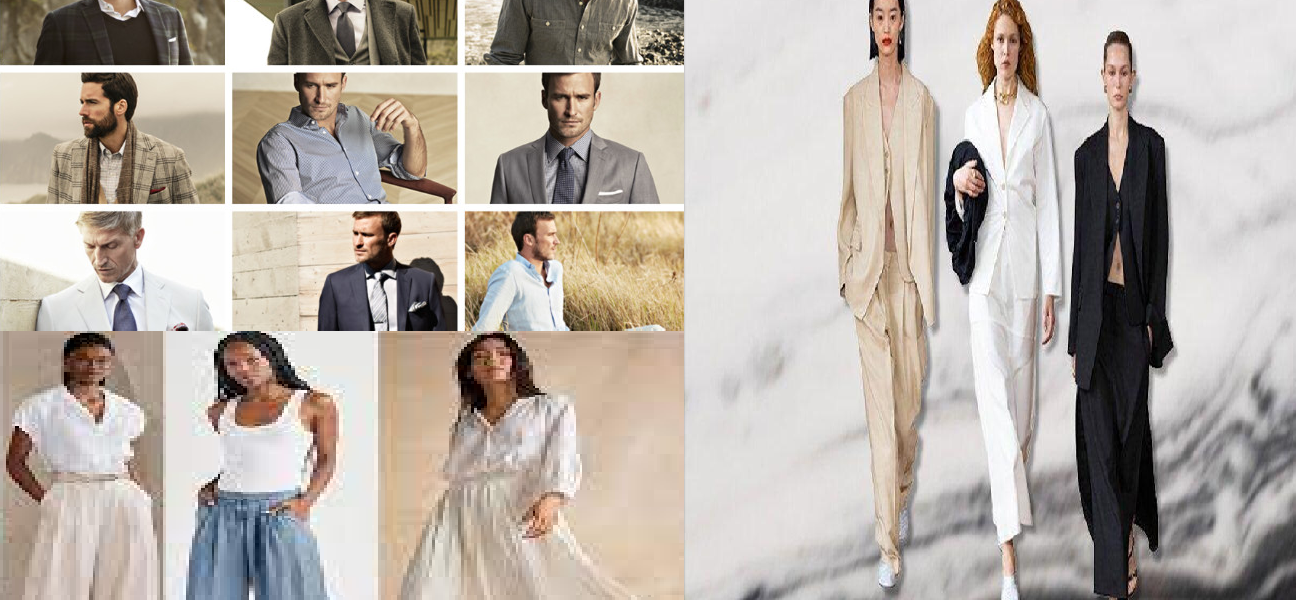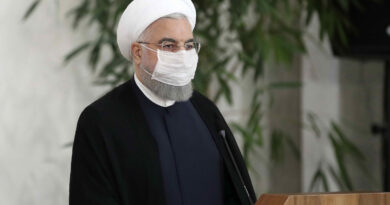Stay Cool During A Heatwave: Best Attire Choices Based On Climate And Humidity
Stay cool during a heatwave: Best attire choices based on climate and humidity.
What attire is most effective for staying cool during a heatwave largely depends on the climate’s humidity. This factor becomes crucial in deciding what to wear when trying to beat the heat.
As the world grapples with increased instances of extreme heatwaves due to climate change, our clothing choices play a significant role in managing our comfort.
Research indicates that wearing appropriate clothing could potentially reduce the need for air conditioning by 2°C (3.6°F) over time.
This not only saves energy but also reduces costs and greenhouse gas emissions. So, what should you wear to stay cool during a heatwave?
Color and Design:
In terms of color, people often choose to wear white during summer because white reflects sunlight rather than absorbing it, unlike darker colors like black.
However, this idea becomes more nuanced when considering factors such as clothing thickness and fit. Heat doesn’t solely come from the sun; our bodies also generate heat.
When the heat from our bodies encounters white clothing, it’s reflected back towards us. An interesting example comes from the Bedouin people, who live in desert regions.
They wear loose-fitting black robes in the desert. This might seem counterintuitive, as black is known for absorbing heat.
But black fabrics are efficient radiators of heat, meaning they absorb heat emanating from the body. This can contribute to cooling the body down.
The secret lies in the loose fit of the black clothing, particularly in windy conditions.
The space between the fabric and the skin heats up, creating an upward air current that functions like a chimney, offering cooling relief.
Research has shown that the total heat gained by a Bedouin in the desert is similar whether they wear black or white robes. The extra heat absorbed by the black robe is dissipated before reaching the skin.
For tightly-fitting clothing, white might be a better option. Fabrics with texture, like seersucker or pique, help lift clothing away from the skin, allowing for better air circulation.
Choice of Material:
The choice of fabric is crucial for staying cool. Lightweight woven materials such as cotton and silk are better at hanging loosely compared to knits.
This aspect is particularly important in humid conditions. In dry heat, wicking fabrics can be sufficient since they absorb sweat from your body, which then evaporates due to the heat.
However, in humid conditions, where the air is already saturated with water vapor, this evaporative cooling mechanism is less effective.
In humid and hot conditions, it’s beneficial to wear fabrics that allow water vapor to pass through.
Uncoated cotton, linen, nylon, and polyester are considered breathable fabrics as they permit sweat and heat to escape through the material.
This is distinct from wicking fabrics, which actively draw moisture away from the body.
While materials like cotton and polyester trap a substantial amount of infrared radiation from the body (helping to keep us warm in cold weather), they can cause the body to heat up faster on hot days due to their inability to effectively release this heat.
Infrared radiation generated by the body gets trapped by these materials, and the incoming visible light generates additional heat.
In summary, wearing loose-fitting black clothing can offer cooling relief in certain conditions, while white and breathable fabrics are better suited for other scenarios.
The choice between these options depends on factors such as humidity, wind, and personal comfort preferences.




